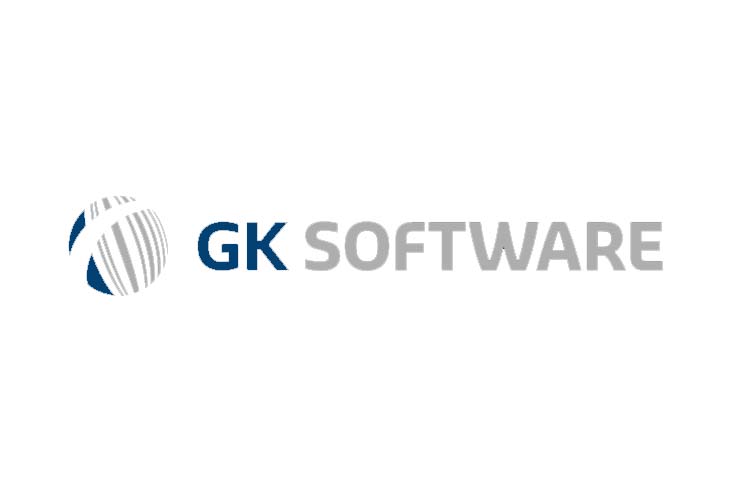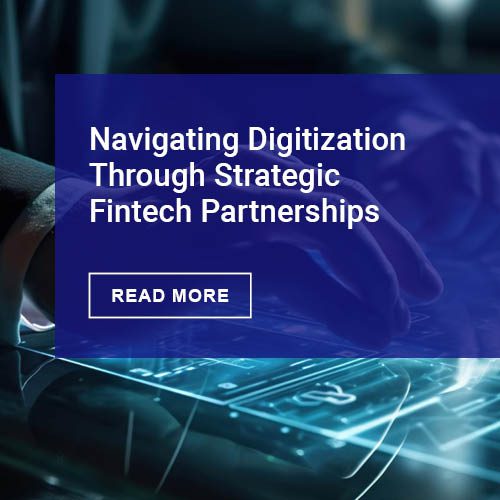Given GK Software’s significant footprint among leading European retailers and relatively recent entry to the U.S. market, what do you see as the biggest difference in retailer approach to payments technology between the two markets?
In general, Europe and the U.S. might seem like similar markets – highly developed economies with tech savvy consumers driving business decisions. But one of the most notable differences is that Europe is much stricter on data privacy and regulation. Consider how much earlier EMV was adopted across Europe than it was in the United States; Europe placed an emphasis on data protection with this technology nearly a decade earlier. What’s more, the chip-based bank cards now becoming mainstream in the U.S. began circulating in Europe all the way back in early 1990s.
But digging deeper, the U.S. also has far more banks and payments service providers than Europe. In Europe, retailers connect to the small handful of providers directly, and operate on their own privately owned and managed network. In the U.S., retailers operate on third-party managed networks that take a lot of the direct control of data off their hands, whereas many devices in Europe are actually owned by the big providers. Retailers don’t have access to the content or data those machines produce and don’t have the ability to get their own additional technology onto the devices.
Because of this, retailers in the U.S. have the opportunity to access to powerful middleware solutions that allow them to generate new insights and services for consumers and help create payment optimization strategies that differentiate them from the competition.
What is the single biggest challenge for American retailers who are working to keep their payments infrastructure in line with consumer expectations?
Hardware is always more expensive and challenging to upgrade than software, so regardless of how advanced the capability sets become, they’re only as useable as the systems they run on allow. For example, EMV was supposed to be mandatory two years ago, but we have all seen that there are some retailers who still haven’t integrated the capability. The sheer number and cost of upgrading those terminals is the biggest challenge to staying compliant with regulation and keeping up with new services, like proximity payments, that customers are increasingly demanding.
How can retailers offer better point of sale experiences given the limitations of their existing hardware?
Devices in the U.S. are often much more intelligent than in Europe, and are readily designed to deliver sophisticated consumer interactions. There are often chances to sign up for loyalty programs and digital coupons, redeem coupons, take customer satisfaction surveys and more. It’s a simple platform that the customer is already engaged with, and smart retailers will identify software partners and processes that ensure the customer experience is rewarding, while also getting the information they need to provide a constantly improving experience.
Beyond that, EMV checkout is slow, no doubt about it. So, retailers need to find ways to process transactions with greater pace, like starting the authentication process at the beginning of the ringing up process or even when they get in line. Similarly, they can offer other services at the point of sale that make any delay more rewarding to both parties, like special offers, coupons or satisfaction surveys.
Do payments actually have the potential to become a driver of consumer loyalty as experience-driven retail becomes more prevalent?
Yes, absolutely. Retail should be designed to increase positive emotion and limit negative emotion. As it stands now, the checkout is stacked with negative emotion. It’s slow, impersonal, and is the part of the shopping journey where customers actually part with their hard-earned money.
Beyond being an ideal platform to enlist shoppers into a loyalty program (which could save them money on the current transaction), there is also great value in creating faster, easier and more rewarding experiences at this final touchpoint. If a shopper can kick start their transaction on their mobile phone while shopping or waiting in line, by scanning QR codes or authenticating their credit card ahead of time, it streamlines the process and reduces negative emotion. Even self-scan or allowing the creation of a shopping list at home and collection in store, where the items are known to registers, can make shoppers much happier and more likely to return.
How will new forms of digital payments – scan and go seamless checkout promised by Amazon Go, Apple Pay and its competitors, etc.– affect the way retailers perceive payments as part of their overall business strategy?
Ultimately, the card is going to disappear from our wallets. Even wallets might disappear! The foundational system of credit and debit is not in danger, nor is cash, but as digital payments technologies create better efficiencies, the card will become part of a digital wallet or a proximity payment application. And this is good for retailers, as contactless payments are less tangible, easier, less disruptive, and ultimately more rewarding.
If you could give one piece of advice to a retailer to help them prepare for the next generation of payments, what would it be?
Digital payment technologies are becoming smarter, faster, easier and more pervasive. But there are so many, with the number is still increasing, that retailers need to find ways to not only accept them all, but determine the cheapest way to process them. To this end, retailers need to consider implementing Payment Optimization, an intelligent payment processing application that automatically determines the most affordable payment type based on a consumer’s preferred payment method. Retail margins are already tight, and identifying ways to limit transaction costs will ultimately become a driver of revenue themselves.
Payments should no longer be a cost burden for retailers. They’re ready to become value-drivers; they can provide individual consumer and market data, generate loyalty and provide the opportunity for unique consumer interactions. Retailers who adapt quickly to these new services will be positioned well to compete in a complex, digital payments future.
About Michael Jaszczyk
As CTO of GK SOFTWARE AG and a Member of the Group Management Board, Michael Jaszczyk manages the development of the Company’s many software solutions. He has extensive experience in software development for the retail sector and as a manager within international IT companies. At GK SOFTWARE AG he initially headed up the Open Scale business in late 2010 before moving into the role of CTO in November 2011. Since 2013, Michael also heads the North American business entity as CEO of GK Software USA.











